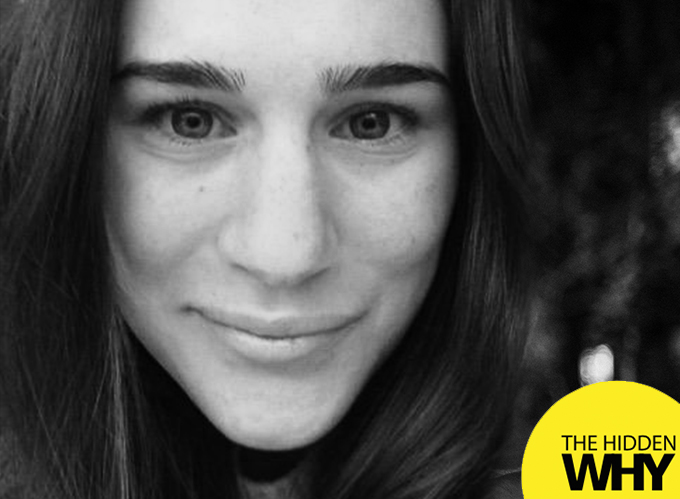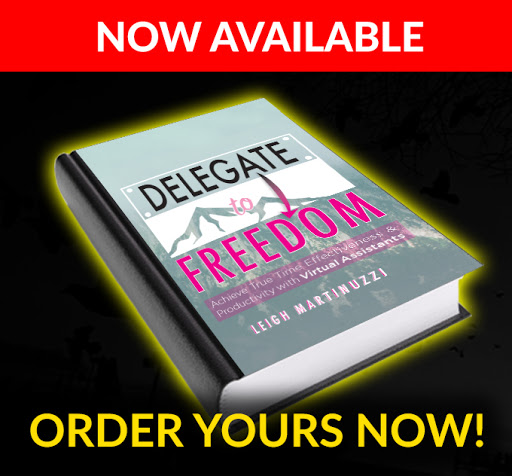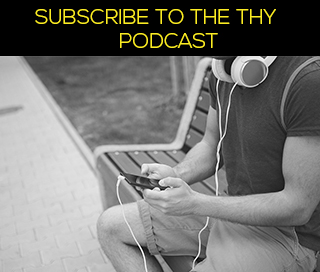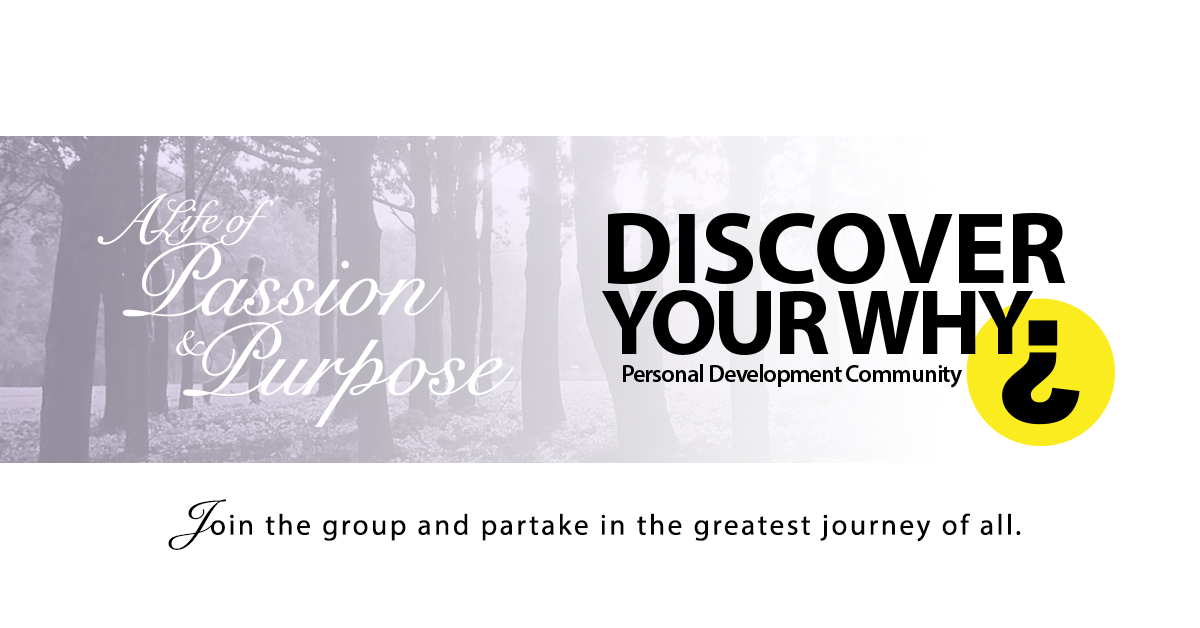
The World Doesn’t Revolve Around Me? by Anna Sheinman
I had so many plans for 2015. I was going to ski in Vail, adopt another dog and get into the best shape of my life. However, 2015 had different plans for me. In fact, the universe forgot to revolve around my plans altogether.
C’est la vie – That’s life and it falls apart at times
I had a nasty skiing accident in February 2015. As a result, my knee got busted and a blood clot invaded one of my veins. At the same time, my dad got really ill and died in 2015. Consequently, I couldn’t fly to attend my father’s funeral.
Under those circumstances, I was grief-stricken. Not to mention that I wasn’t able to walk or to make myself a cup of coffee. For my strong and independent psyche, this was an equivalent of slow death.
Even though, I was very fortunate to have my best friend – my husband by my side, I needed to find my own strength. I was sad and cried. I found comfort in a thought that my dad is no longer suffering. Luckily, my dad and I had a chance to reconcile our differences and spent some time together before he passed away.
Likewise, not much was to be done with my knee for either. So I settled into a nice comfy chair with a good book and let the time pass. Hence, I found comfort in food, books and writing.
Surely, time passes and heals. It’s been a few years since these devastating events. My knee is practically as good a new. And I went to visit my dad’s grave to put a closer to his passing.
After all, 2015 taught me many great lessons. In this blog, I would like to share my top five tools which helped me to bounce back.
1) Start a Journal
Journaling is an ancient tradition that dates back to at least 10th century Japan. Successful people throughout history kept journals. Oscar Wilde, 19th century playwright, said:
“I never travel without my diary. One should always have something sensational to read on the train.”
University of Texas at Austin psychologist and researcher James Pennebaker said that regular journaling strengthens immune cells. He believes that writing about stressful events helps you come to terms with them.
In fact, writing is my number one tool. I keep track of my feelings, food intake, exercise regimen, dreams, fears, gratitude and priorities. My daily journal is my best friend and my shrink. Ultimately, writing helps me to keep track of all aspects of my life. It makes it easier to let go of distractions and prioritize important work. I keep all my notes in the excel spreadsheet. Generally, I spend about 10 minutes in the morning and about 15 minutes in the evening to go over my day. In addition, I write down my yearly and monthly agendas.
First thing to remember, make it simple and consistent. Forget about spelling and punctuation. Privacy is key if you are to write without censors. Write quickly, as this frees your brain from “should” and other blocks to successful journaling. Start with a pen and paper or use my template.
What are you waiting for? Grab a pen and start writing!
2) Get more Sleep
Most of us are sleep deprived. As a result, this deprivation will lead to obesity and depression. Start prepping for sleep as soon as you can. It can be 30 minutes to two hours. In fact, Brian Johnson talks a lot about a digital sunset. Basically, you completely shut-down your electronic input and gently remove all electronics from your bedroom some time before you go to sleep.
With this in mind, I typically spend some time with my husband. Follow with my nightly journal log reflecting on the day and the next day to come. Finally, I put my phone on airplane mode and turn all my devices down.
What can you give up to gain more hours of sleep?
3) Eat Clean
Based on numerous studies the plant-based diet is the optimal for health and well-being. However, it is very easy to overeat even with healthy foods. I gained over 10 lbs in less then a year simply by not paying attention. Overeating leads to obesity and causes inflation and arthritis.
As doctor Chris Centeno noted that obesity is linked to knee arthritis. In summary, when you eat more your body’s ability to turn off the hunger switch is disabled and you produced hormone called leptin. You hunger switch is overwritten and your brain can’t differentiate from “hunger” to “full” signal and you tend to eat more and more contributing to this vicious cycle. In fact, based on a number of studies, there is a direct correlation between leptin levels in the blood and arthritis. And this was independent of how much someone weighed. In addition, hormones that are the causes of obesity seem to act negatively on cartilage health. The good news is that you reduce your leptin levels and therefore the potential of leptin knee arthritis by short-term fasting (24-72 hours).
Provided my state of mind, it took me some time to come back to balanced eating. In fact, the Rich’s Roll podcast interview with Ray Cronise and regenexx research changed the way I eat. As a result, I was able to loose 10 lbs and keep it off.
So, take small steps on daily basis. You can cook your own meals instead of going out. Fill your plate with veggies and fruit. Get rid of the sugars, processed foods and reduce your portion sizes. In addition, remember that every time you over stuff that belly, you also hurting your cartilage!
What can you do today to improve your diet?
4) Get Moving
We all know the benefits of exercise. I have a somewhat rigid routine which includes a lot of knee rehabilitation exercises, high intensity workout, finishing up with light yoga. In fact, inability to move was very challenging, but I kept focusing on what I can do. A few weeks after the injury, I was able to do some core and arm work and over the course over the next weeks increase the intensity. Start slow, commit to moving on daily basis, no time for the gym – work out at home. There is so much to try: 12 – minute beginner boot-camp, Pilates at home, Yoga, go for a walk, take stairs, keep moving. To avoid injuries start small and build up. At no time you should be in pain.
Need motivation? Exercise turns back the genetic clock, keeps you younger and make you smarter!
How can you incorporate more movement into your life?
5) Practice Meditation
There are no excesses, meditation needs to happen on daily basis.
As Jonathan Haidt noted in his book “The Happiness Hypothesis: Finding Modern Truth in Ancient Wisdom“:“Suppose you read about a pill you could take once a day to reduce anxiety and increase your contentment. Would you take it?” Haidt inquires. “Suppose further that the pill had a great variety of side effects, all of them good: increased self-esteem, empathy and trust; it even improves memory. Suppose, finally, that the pill is all-natural and costs nothing. Now would you take it? The pill exists. It is called meditation.”
There are so many options to choose from, try different techniques and remember you can’t fail at meditation. From my understanding mediation is not about turning your thoughts off, but rather becoming a non-judgmental observer. Do your research, if you find a technique that resonates with you, give it at least 21 days before you move on to something else.
My meditation practice is about 10 minutes a day. I start with some muscle release and basic movement coordinated with breath. The actual meditation is simply focused breathing. Sometime I visual a mountain and use mantras. Basically, the key is to keep it simple and consistent.
No more excuses, just meditate!
6) Find Joy
I love hiking and being outdoors, exploring the woods, climbing the mountains. My whole world was crumbled when I couldn’t walk, but I also love to read. During my debilitating injury I’ve discovered audio-books. My grief dissipated as Douglass Adams told me about life, universe and everything else…I a big science-fiction fan. What makes your heart smile? Whether it is walking in the park, dancing or reading a good book. Allocate some time in your schedule for this activity.
To conclude, life can really kick you in the knee sometimes.
However, nothing that happens to you is ultimately bad or good. What you do about it is the only thing that matters. Healing is a choice so is suffering. What would it be?
Thanks for reading, please share your bounce back to life tips!
Who is Anna Sheinman?
Anna is a passionate yoga student, a teacher, an outdoor enthusiast, a foodie, a bookworm, and a writer who is hopelessly in love with the Rocky Mountains. She is a 700 RYT registered yoga teacher.
Anna continues to study with her teacher Chase Bossart in the tradition of T. Krishnamacharya. She has been fortunate to study with Mr. Desickchar, Gary Kraftsow, and AG Mohan. Also, Anna studied Pilates with Ellie Herman.
She enjoys hiking, skiing, rock climbing, love animals and the vastness of the mountains. Anna currently teaches yoga around the Boulder County area and organizes outdoor yoga retreats, where she teaches in her favorite studio – at the top of the mountain. Anna’s life transformation has inspired her to help others on the journey to create healthier and happier lives through the exploration of yoga and other tools.
FIND YOUR HIDDEN WHY with THE HIDDEN WHY (THW)
BUILD YOUR LIFE AROUND YOUR PASSION AND LIVE WITH PURPOSE
Sign up for free below and receive cool stuff from me each week + Plus a free copy of “The Four Pillars of Success”
In my weekly emails you will receive ideas, thoughts, learning’s and inspiration on:
- How to design a life that you want and live by your terms
- How to live a life with passion & purpose
- Methods, strategies, & techniques on life hacks
- Messages on how to better live your life
- We will also keep you up to date with fantastic interviews from THW podcast













Leave a Reply